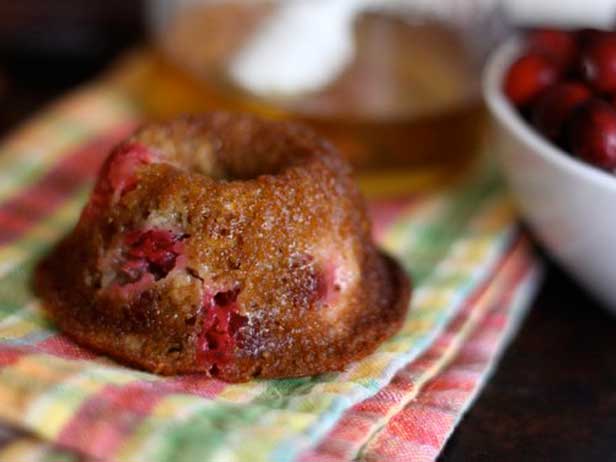
If you are used to baking cheesecake, you will be familiar with the way we bake this bread: hot at first, then low and steady through the end.įinally, the bread is cooled in the oven (that has been turned off) to avoid drastic temperature changes that can affect the cheese center. Then, the shaped dough is left to rise one final time, while we make the filling.Īfter the bread has risen, is brushed with an egg wash and the sweetened ricotta cheese filling is poured into the center. The braided dough is nestled around the outer edge of the spring-form pan, on top of the base layer of dough. The remaining dough gets divided into three pieces which are rolled into ropes and braided. Half of the dough goes into the base of a buttered 9 1/2 or 10 inch spring-form pan. Shaping the breadĪfter rising, the dough is divided into two (roughly equal) portions. Don’t skimp on this, it’s all a part of creating that authentic flavor and texture.

Now it’s time to cover the dough and let it rise. (Although it might stick to the counter if you leave it in one place for too long.) It should be slightly tacky to the touch, but it shouldn’t stick to your hands. When finished kneading (by hand or with the mixer) the dough should be soft and smooth. (You can also make this dough in the bowl of your stand mixer fitted with a dough hook, and it will take slightly less time.) Now it is time to add the remaining ingredients to create the dough.Īfter mixing the ingredients together with most of the flour, the dough gets turned out onto the counter to be kneaded by hand. Once the sponge has set, you will see bubbles beginning to pop on the surface of the mixture. The sponge helps develop the flavor of the bread, so it is not a step that you want to skip. This bread starts with a process called a sponge, where flour, sugar, liquid, and yeast are mixed together and then left for a while for the yeast to do its thing. (As a bonus, your house will smell amazing while the bread is baking.) Starting with a “sponge” So, pick a day when you have some things to do around the house to make the bread. This bread does take a long time to make, but the good thing is, most of the time is waiting time. The white cheese filling that is added to the traditional cozonac dough symbolizes the risen Christ, as well as the Holy Spirit. While cozonac is eaten during many Romanian celebrations, Easter calls for something special to be added to the bread.Īs with most Easter breads, Romanian pasca carries religious symbolism.

What a celebration! Easter cymbolism in Pasca It is traditional for Easter tables in Romania to have both loaves of the cheese-filled pasca and the fruit and nut studded cozonac.

This bread has a flavor like a light Italian panettone, with the texture of Jewish challah. The base bread is another traditional Romanian celebration bread called cozonac.

This filling blends in with the light and fluffy bread so that it is hard to tell where the cheese filing ends and the bread begins. What makes Romanian Easter Bread unique from the Easter breads of other cultures is that it has a farmer’s cheese, cheesecake-like filling that is studded with raisins. Theirs is called Pasca, after the term for Easter in the Eastern Orthodox faith. Many cultures have their own, traditional Easter breads, and Romania is no exception. It is the perfect recipe for a celebration! Romanian Easter bread: bread meets cheesecake Pasca is a festive Romanian Easter Bread made up of a soft, panettone-like bread that is filled with a cheesecake center.


 0 kommentar(er)
0 kommentar(er)
